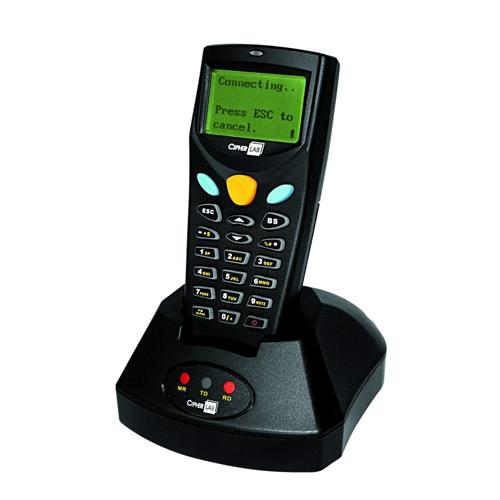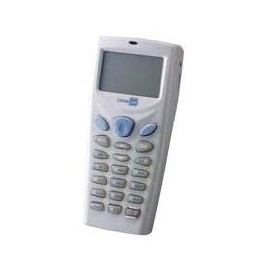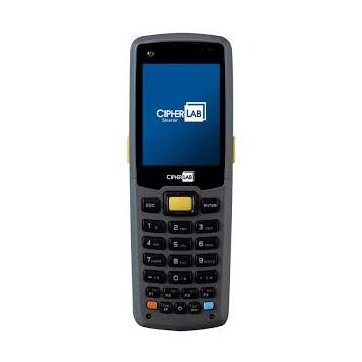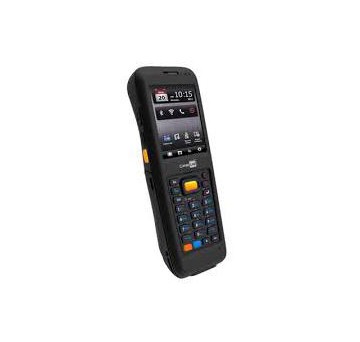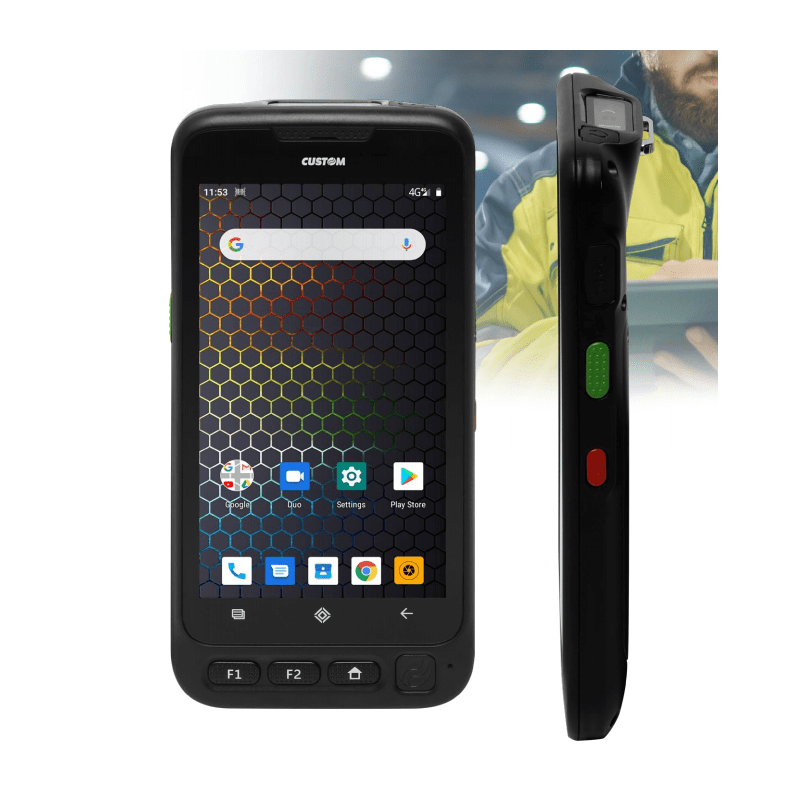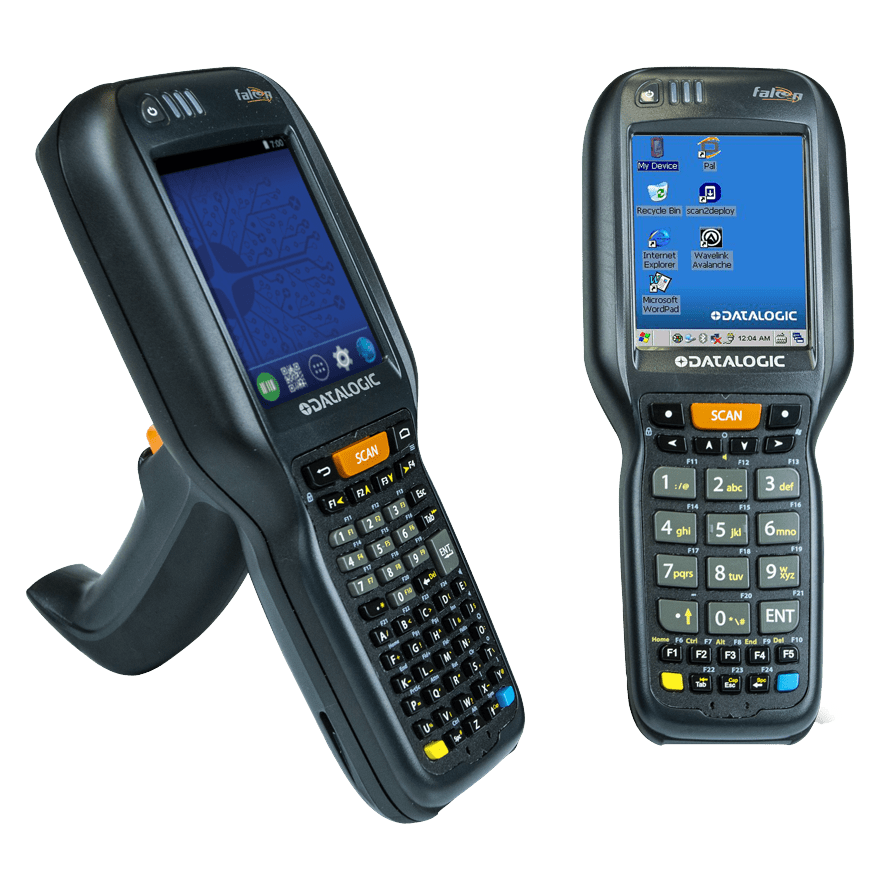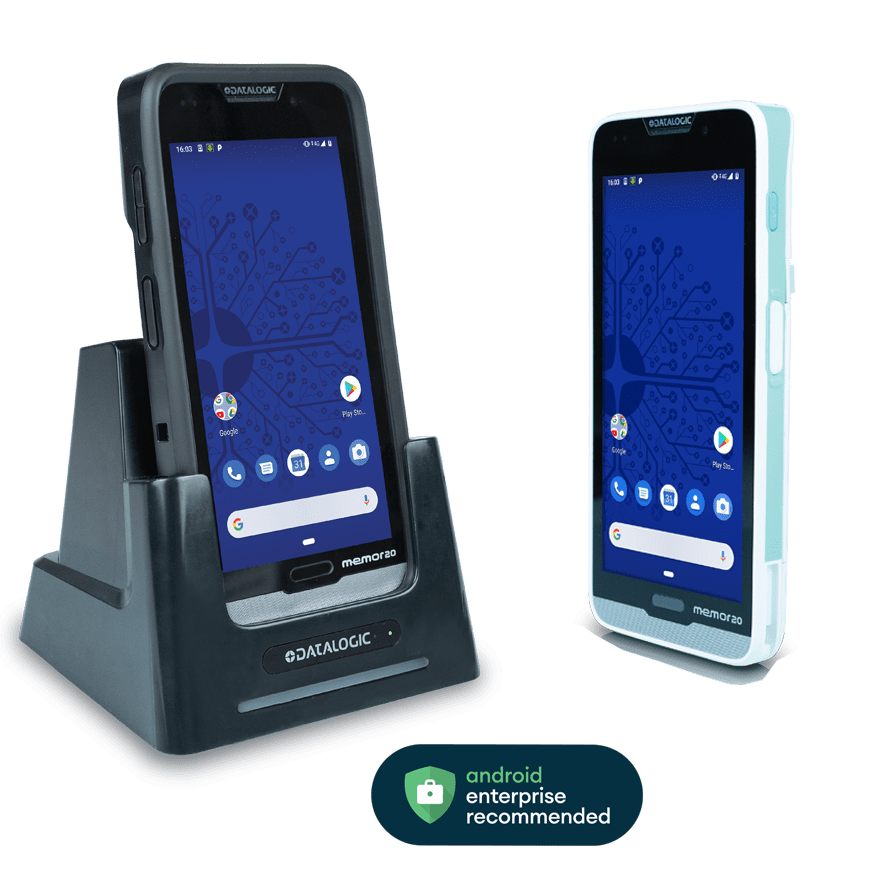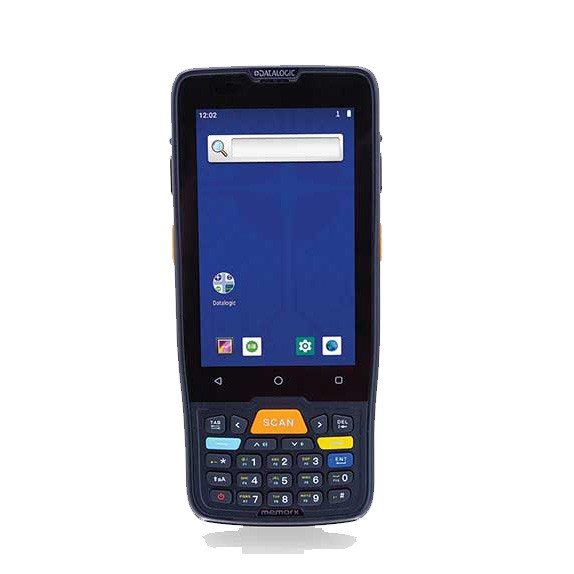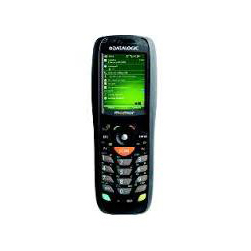A “handheld terminal” refers to a portable electronic device that is designed for mobile or on-the-go use. These devices are compact, lightweight, and often equipped with features that make them suitable for various applications across different industries. Handheld terminals are commonly used for tasks such as data collection, inventory management, point-of-sale (POS) transactions, and more. They come in various forms and configurations to meet specific industry needs. Here are some key characteristics and applications of handheld terminals:
Key Characteristics of Handheld Terminals:
- Portability:
- Handheld terminals are designed to be easily carried and used while on the move. They are compact and lightweight, making them suitable for tasks that require mobility.
- Battery-Powered:
- Many handheld terminals are powered by rechargeable batteries, allowing users to use them for extended periods without needing a constant power source.
- Data Collection:
- Handheld terminals often include built-in barcode scanners, RFID readers, or other data capture technologies to facilitate efficient data collection in various applications.
- Wireless Connectivity:
- Handheld terminals typically feature wireless communication capabilities such as Wi-Fi, Bluetooth, or cellular connectivity. This allows for real-time data transfer and communication with central systems.
- Durability:
- Given their intended use in various environments, handheld terminals are often built to be rugged and durable. They may have features like reinforced casing, drop resistance, and protection against dust and moisture.
- Touchscreen Interface:
- Many handheld terminals come equipped with touchscreen displays, enabling intuitive interaction with applications and data entry.
- Customizable Configurations:
- Handheld terminals may be designed with modular components or customizable configurations to meet specific industry requirements. This adaptability makes them suitable for a variety of applications.
Applications of Handheld Terminals:
- Inventory Management:
- Handheld terminals are widely used for inventory tracking and management in retail, warehouses, and distribution centers. They facilitate efficient scanning of barcodes or RFID tags.
- Retail and Point-of-Sale (POS):
- In retail environments, handheld terminals enable sales associates to check product information, manage inventory, and process transactions directly on the sales floor.
- Field Service and Maintenance:
- Handheld terminals are used in field service for tasks such as equipment inspection, maintenance, and service calls. Field technicians can access and update information on the go.
- Logistics and Transportation:
- In logistics, handheld terminals play a key role in tracking shipments, managing delivery routes, and capturing data at various points in the supply chain.
- Healthcare:
- Handheld terminals are employed in healthcare for tasks such as patient data collection, medication administration, and asset tracking within medical facilities.
- Manufacturing:
- In manufacturing environments, handheld terminals aid in tracking the production process, managing inventory, and capturing data on the shop floor.
- Utilities and Energy:
- Handheld terminals are used by field personnel in utilities and energy sectors for tasks like meter reading, inspections, and maintenance of infrastructure.
- Hospitality and Events:
- In hospitality settings, handheld terminals are used for order-taking, payment processing, and managing guest services. They are also used at events for ticket scanning and registration.
Handheld terminals offer flexibility and mobility, allowing businesses and organizations to streamline operations, improve data accuracy, and enhance overall efficiency in various industries. The specific features and configurations of handheld terminals can vary based on the intended use and industry requirements.

